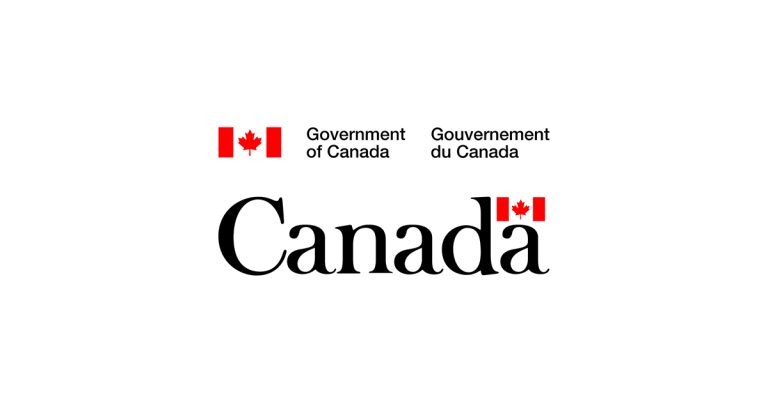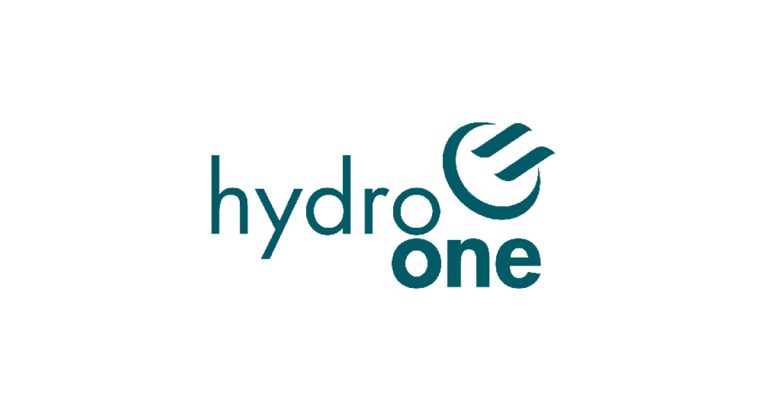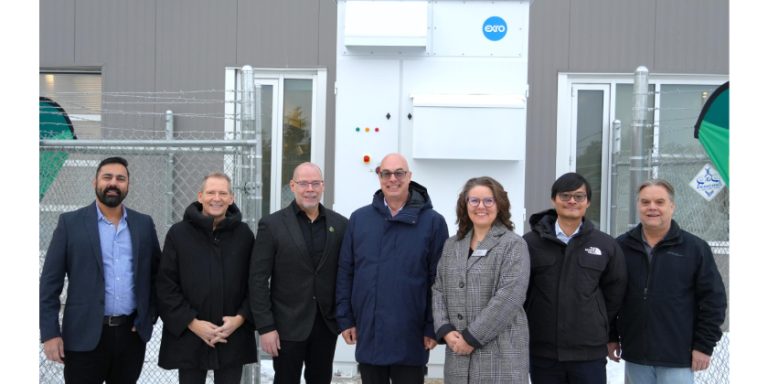B.C. Powering Growth in the Fraser Valley with Clean Electricity

September 9, 2024
BC Hydro will construct approximately $1 billion worth of capital projects in Chilliwack, Abbotsford, Mission, Hope and Harrison Hot Springs over the next decade to upgrade and expand the electricity grid to provide clean power for homes, businesses and growing transportation needs.
“Expanding electricity capacity in the Fraser Valley will help people and businesses get the clean and affordable power that they need to run their homes and keep the economy growing,” said Premier David Eby. “These new projects will make sure B.C. continues to be a leader helping people switch from fossil fuels to clean energy while creating thousands of good-paying jobs.”
In January 2024, the Province announced BC Hydro’s updated 10-Year Capital Plan, which contains $36 billion in regional and community infrastructure investments in B.C., a 50% increase in investments over its previous capital plan. These new construction projects are forecast to support 10,500 to 12,500 jobs annually on average, as well as increase and maintain BC Hydro’s capital investments, as major projects like Site C are completed.
The plan reflects growing demand for electricity across sectors due to population growth and housing construction, increased industrial development, and people and businesses switching from fossil fuels to clean electricity, among other factors.
“In growing regions like the Fraser Valley where we are seeing substantial population growth, and residential, commercial and industrial electrification, we are embarking on significant upgrades to our electricity system, including investments in our substations, transmission lines and distribution network to ensure we can continue to provide reliable and clean electricity to our customers,” said Chris O’Riley, president and CEO of BC Hydro. “We are also investing millions on dam safety improvements at generating stations in the area and making important changes to our customer connections process to speed up timelines for newly constructed homes and buildings.”
The Fraser Valley is one of the fastest growing regional districts in B.C. Population growth along with increasing residential, commercial, industrial and agricultural electrification is set to drive up energy needs.
To meet this surge in demand, approximately $1 billion is being invested in several projects, including:
- Approximately $800 million to expand transmission capacity, especially within the systems serving Abbotsford, Chilliwack and Hope.
- Approximately $75 million to expand capacity of the following substations:
- Atchelitz substation in Chilliwack, powering up to 14,000 new homes by 2027;
- Clayburn substation in Abbotsford, powering up to 17,500 additional homes by 2028; and
- Mount Lehman substation in Abbotsford, powering up to 35,000 more homes by 2029.
- Approximately $80 million will be invested in dam safety improvements and equipment upgrades at Wahleach, Stave Falls and Ruskin generating stations.
- Twenty-five million dollars will be set aside for extending underground infrastructure and expanding distribution capacity in Mission, Abbotsford and Chilliwack.
BC Hydro’s 10-Year Capital Plan is a key part of Powering Our Future: BC’s Clean Energy Strategy. The strategy focuses on building an economy powered by clean energy, creating new jobs and opportunities, and keeping electricity affordable.
BC Hydro also recently launched a call for power to acquire approximately 3,000 gigawatt hours per year (GWh/y) of clean electricity. This is BC Hydro’s first competitive call for power in more than 15 years and will add 5% to its current supply. It will be the first in a series of calls for power as BC Hydro requires more power to electrify B.C.’s growing economy and reduce pollution.
Quick Facts:
- Currently, 98% of the power generated for B.C.’s integrated grid comes from clean or renewable resources, making B.C. a leader in North America when it comes to clean energy.
- Electricity demand in B.C. is expected to increase by 15% or more between now and 2030.
- BC Hydro has kept rate increases below the rate of inflation for six years in a row.
- B.C. has the second-lowest residential electricity rates in North America and the third-lowest commercial and industrial rates.
- BC Hydro was a net exporter of electricity for the past five years (2019-23), with the majority of imports coming from dedicated clean sources of electricity.








